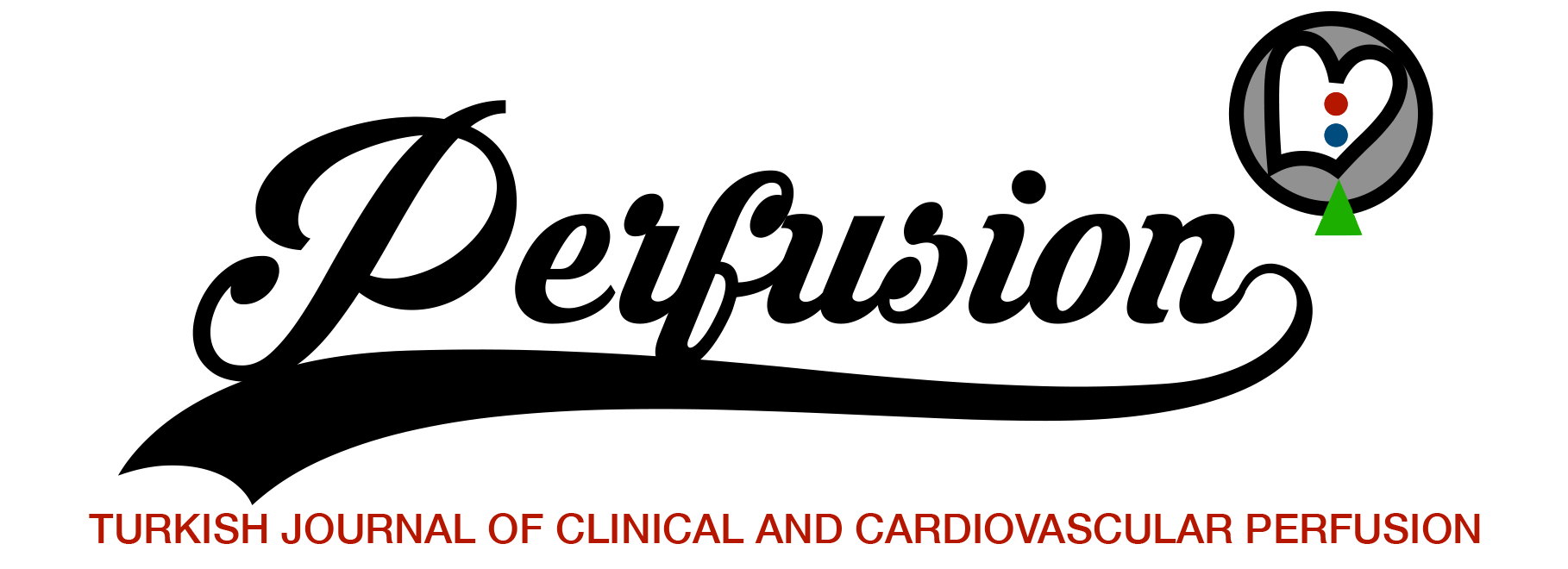Abstract
Objective
The effects of vacuum-assisted venous drainage (VAVD) and traditional gravity siphon drainage methods on the liver function parameters of (ALT/SGPT) and (AST/SGOT) in the postoperative period are compared among adult patients undergoing coronary bypass surgery.
Materials and Methods
The effects of venous drainage techniques during cardiopulmonary bypass (CPB) surgery on liver function parameters (AST-ALT) were examined. A retrospective study was conducted on a total of 50 patients who underwent VAVD (Group 1 n=25) and traditional siphon drainage (Group 2 n=25).
Results
No statistical significance was observed for SGPT/ALT levels within or between groups. A statistically significant decrease in AST/SGOT values was observed when the VAVD technique, in which -30 mmHg vacuum was applied, was compared with bypass graft surgery, in which the traditional siphon drainage technique was applied.
Conclusion
This study highlighted the potential benefits of VAVD and suggested that research on strategies to preserve liver function during CPB should continue.



